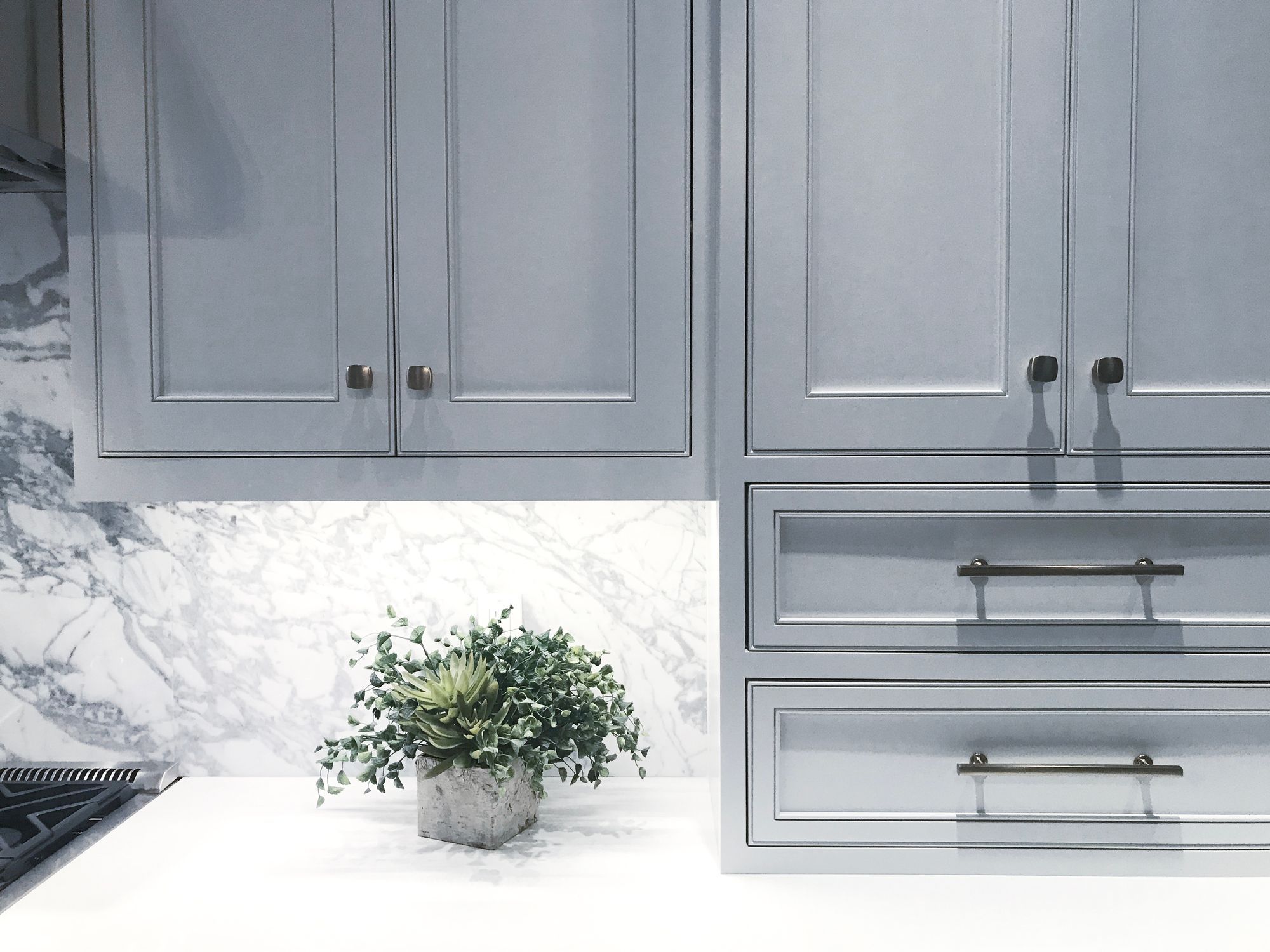
How to Measure for Replacement Kitchen Doors
April 14, 2025Why Accurate Measurement Matters
When it comes to kitchen upgrades with adhesive coverings, poorly fitted doors are immediately noticeable. Misalignments, uneven gaps, or overlaps don’t just affect the aesthetics—they compromise your credibility as an installer. Precision at the measurement stage means:
Fewer errors during installation
Better alignment of patterns or finishes
A smooth, high-end finish your clients will notice
Fewer reorders or adjustments
Understand the Existing Setup
Before picking up a tape measure, take a few moments to assess the kitchen:
Are the doors standard overlay or inset?
Are they mounted on face-frame cabinets or frameless units?
Is the client replacing just the doors or planning a full vinyl wrap?
This context influences what and how you measure.
The Tools You’ll Need
Don’t rely on a basic tape measure alone. For a job that reflects your expertise, come equipped with:
A steel measuring tape (at least 5 meters)
A notepad or tablet to log sizes
A spacer or measuring block to check consistent gaps
A spirit level to check for tilt or misalignment
Measuring the Door Itself
If you’re simply replacing a door with a new one in the same dimensions, follow these steps:
Measure the height from the top edge to the bottom, in millimeters
Measure the width from left to right, also in millimeters
Check diagonals to ensure the door is square. If the two diagonals don’t match, note it—it could affect the fit
Measure thickness only if a new style of wrap or profile will be added
Tip: Always double-check your numbers. Write down each measurement as soon as you take it—don’t trust memory.
Measuring the Cabinet Opening
If you're replacing doors without keeping the originals, measure the cabinet opening instead:
Width: inside edge to inside edge of the cabinet box
Height: from the bottom of the opening to the top inside edge
Gap space: note any gaps or filler panels that need to be considered
For standard overlays, you’ll usually add a specific margin to the cabinet opening (commonly +3mm on all sides) to ensure proper coverage and clearance.
Consider the Hinge Placement
Hinge positions matter. Misplaced holes mean time lost on-site, or worse—doors that can’t be installed.
Measure from the top edge of the door to the center of the hinge hole
Do the same for the bottom hinge
Note the diameter of the hinge hole (standard is 35mm, but verify)
If you’re using pre-drilled doors or working with a manufacturer, this information is essential.
Don’t Forget Drawer Fronts
Drawers often vary in height but are typically uniform in width. Note the exact height of each front, even if they look identical. This ensures your wraps or replacements align perfectly across the whole kitchen.
Label Everything Clearly
When you’re dealing with 10, 15, or 30+ doors and drawer fronts, labeling is key. Use:
Cabinet numbers (e.g., D1, D2 for doors, DR1, DR2 for drawers)
Orientation (left/right hung)
Notes on defects or unusual measurements
Clear documentation saves time when ordering, cutting, or applying adhesive.
Tips for Installers Using Adhesive Coverings
Working with adhesive films like Cover Styl requires additional care:
Avoid rounding measurements—even 1mm can lead to alignment issues, especially on glossy or patterned finishes
Account for wrap clearance—the thickness of the adhesive adds a fraction of a millimeter to the edge
Allow margin for trimming—especially if wrapping door edges or applying edge banding
A well-measured door speeds up the vinyl application process and guarantees a cleaner final look.
Summary Checklist
Before leaving the site or sending dimensions for cutting or wrapping, make sure you:
Measure each door and drawer front in millimeters
Check diagonals for squareness
Log hinge positions accurately
Label all parts with orientation and cabinet number
Include wrap allowances in your specs
Double-check everything
By following these steps, you not only ensure a perfect fit—you showcase your attention to detail and elevate your reputation as a skilled installer. With the right approach and the right tools, measuring replacement kitchen doors becomes a mark of your expertise.